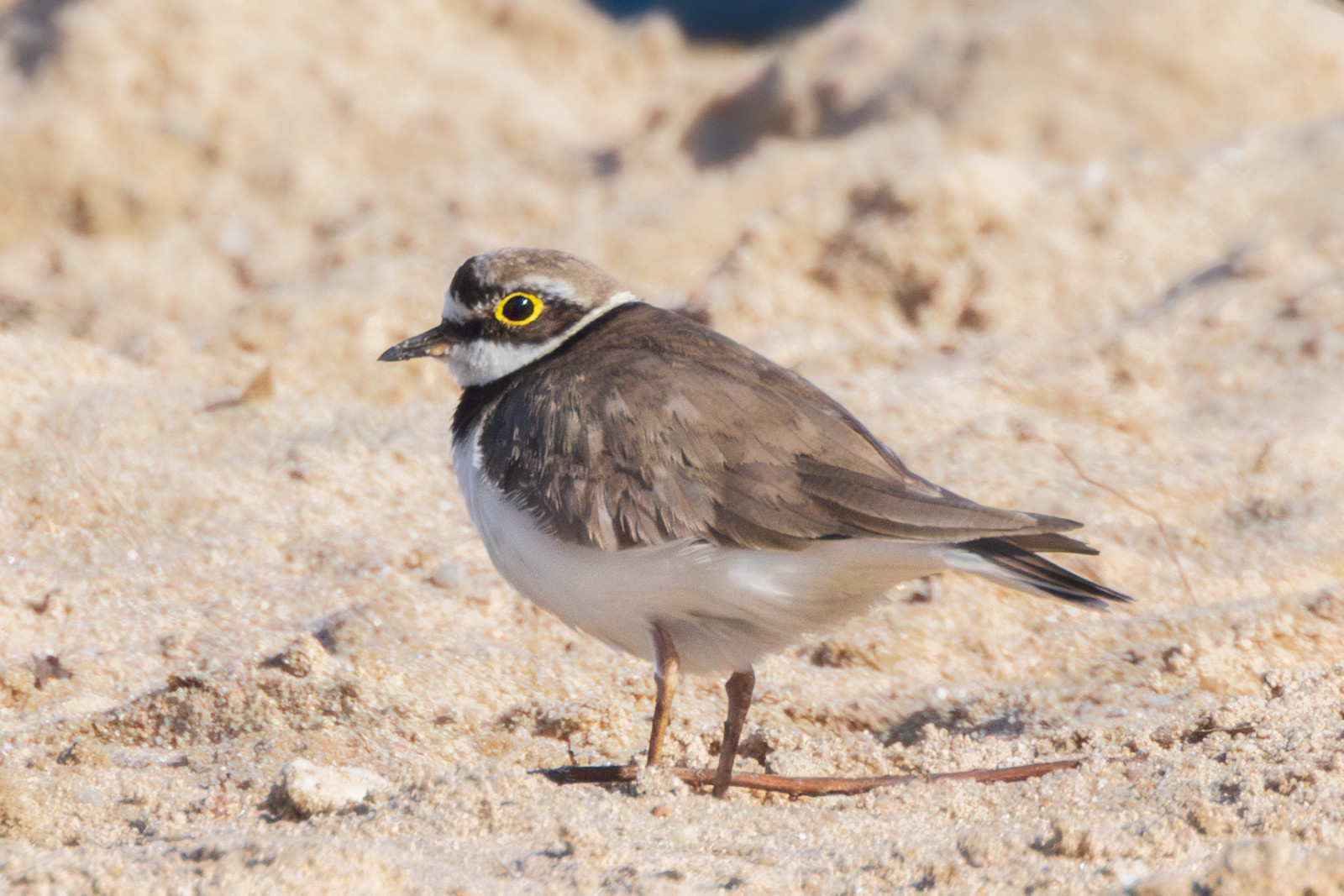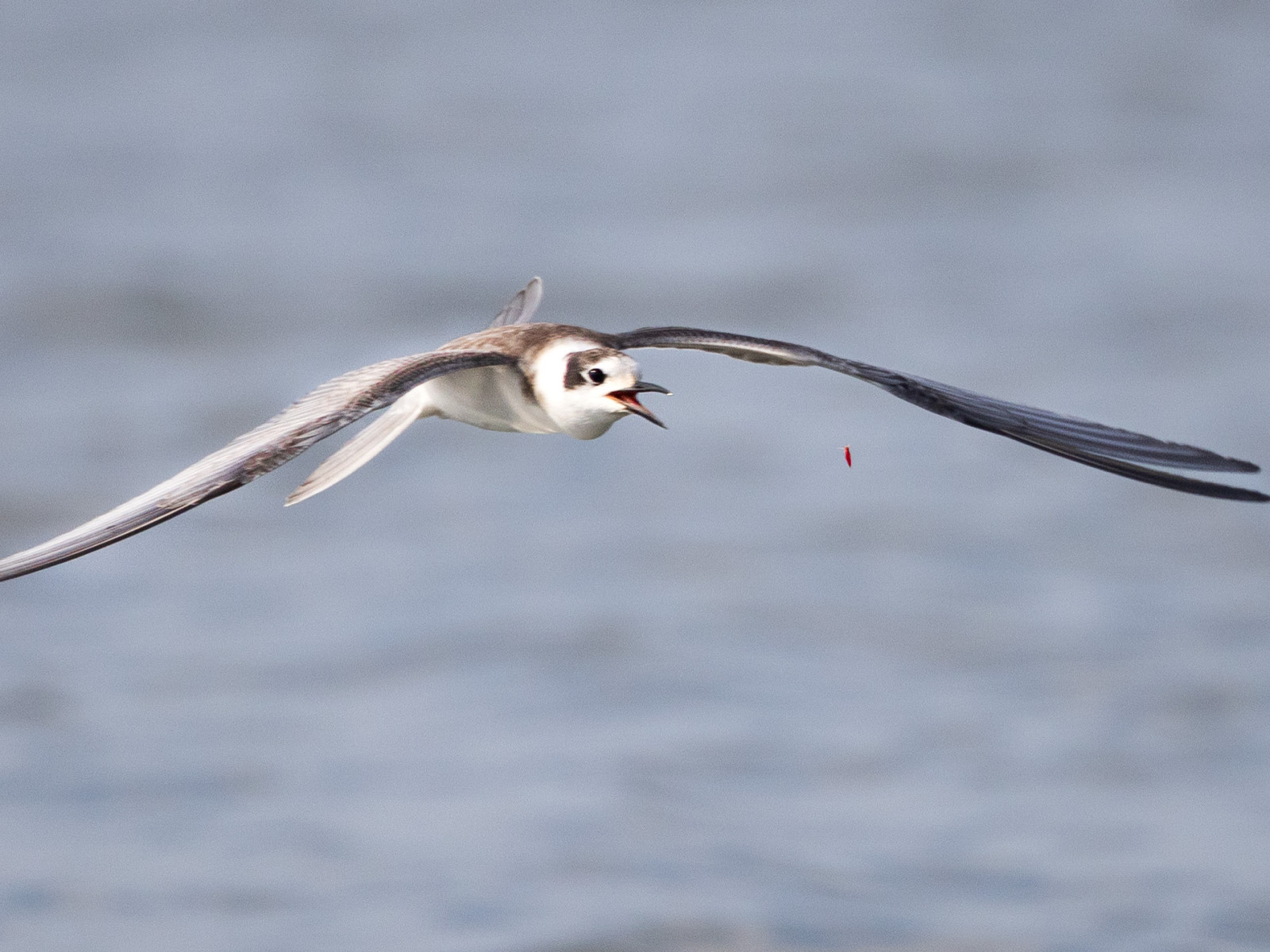Description
The Altmühlsee is an artificial lake in Bavaria, created in the 1970s. It serves as a water reservoir and a destination for tourism. The Vogelinsel in the northeast and the extensively managed areas around it, particularly the Wiesmet, as well as the water bodies of the Seenland, attract numerous waterbirds that can also be observed on the lake.
In winter, when the water is not frozen, it becomes a popular area for Ferestraș mare, Corcodel mare, a group of Gâscă canadiană, as well as Rață cu cap castaniu, Rață moțată, and Rață fluierătoare. Among these, notable guests sometimes appear. In some years, Ferestraș mic visit, and Rață sunătoare are regularly observed. Ferestraș moțat, Cufundar polar, Cufundar mic, and even Cufundar mare have been recorded, although the chances of seeing those are better at Großer Brombachsee. Egretă mare appear along the shore in winter, and among the numerous Pescăruș cu picioare galbene and fewer Pescăruș pontic, some Pescăruș sur can be discerned.
Spring and autumn migrations bring exciting visitors. The Stârc de noapte, which breeds on the Vogelinsel, can sometimes be observed in the bushes that line the rivers around the lake. Egretă mică sightings are possible, too. Chirighiță neagră regularly hunt over the lake in April and May, and especially in late August and early September. Among these, the very similar, but rarer Chirighiță cu aripi albe and Chirighiță cu obraz alb are occasionally noted. Chiră polară has been reported in some years. Pescăruș mic stay here in those months as well. From late August, few waders, including Fugaci de țărm and rarely the Nisipar, are occasionally feeding on the sandy beaches. Here they can be observed from a shorter distance than on the Vogelinsel itself. Corcodel de iarnă and Rață catifelată are scarce visitors mainly in late autumn, sometimes through to the winter months.
Rarities observed here include Pescăruș cu trei degete, Rață de ghețuri, Notatiță cu cioc lat, and Notatiță. Lup de mare mic has been recorded four times, most recently in 2016. The exceptional sighting of a Pescărușul lui Franklin in spring 2023 proves that the lake may always hold surprises.
Details
Access
Individual observation points can be reached on foot from the parking areas of the respective lake centers (Seezentren): The northeastern shore (1) from Seezentrum Muhr, the southern shore and the outlet structure (2) from Seezentrum Schlungenhof or the parking area at Höhe. These spots offer the best chances for observing gulls and terns. The western shore can be accessed from Seezentrum Wald (3). Further north, the northern edge of the Vogelinsel is visible; year-round, Codalb can be spotted in the trees, and Uligan pescar during the warmer months. Much better than arriving by car is to cycle around the lake, possibly following an early morning visit to the Vogelinsel. The path around the lake is only accessible by bike and on foot, cars are prohibited. It is wheelchair-accessible.
Paddle boats can be rented at the lake centers (please respect the nature reserve boundary of the Vogelinsel!). Motorboats are prohibited on the lake.
Terrain and Habitat
Scattered trees and bushes , Lake , BeachConditions
FlatCircular trail
YesIs a telescope useful?
YesGood birding season
All year roundBest time to visit
Winter , Spring migration , Autumn migrationRoute
Wide path , Paved roadDifficulty walking trail
EasyAccessible by
Foot , Bicycle , WheelchairBirdwatching hide / platform
NoExtra info
The lake is used all year round for various sailing sports, which usually causes little disturbance to the birds. In summer it was a popular bathing area. However, due to phosphorus inputs from agriculture (40 tonnes per year) and climate change-induced warming of 4°C, cyanobacteria are increasingly spreading, making swimming impossible. It remains to be seen what impact this will have on bird life.
In winter, the lake surface may be frozen. Then it may be worth searching the surrounding fields for feeding Gâscă de vară, Gârliță mare, Culic mare, and even rarer visitors.





